The Rise of the Autonomous, Forever-Flying Drone
Engineers from the University of Southern Denmark have unveiled a groundbreaking “vampire drone” capable of flying indefinitely by harnessing electricity directly from power lines. This innovative drone, equipped with a unique docking mechanism, sensors, and AI, can autonomously locate power lines to recharge, reports Fast Company, allowing it to remain airborne without human intervention.
Breaking Down the Vampire Drone’s Capabilities
Autonomous Operations on the Power Grid
Initially conceived in 2017 by Professor Emad Ebeid, the vampire drone was designed to address the inefficiencies and high costs of traditional power line inspections carried out by helicopters and ground crews. Ebeid recognized the potential of drones but was faced with the challenge of their limited battery life, which typically caps at 40 minutes. The solution? Enable the drones to recharge themselves via power lines, thus eliminating the need for constant human oversight.

Engineering Breakthroughs
Achieving this required overcoming significant technical hurdles. The team had to ensure the drone could interact with high-voltage power lines safely—a task complicated by the need to avoid physical collisions and the risk of sparking wildfires. By refining the drone’s approach strategy and equipping it with motorless grippers that use electromagnetic mechanisms, they secured a way for the drone to attach to and detach from power lines seamlessly.
Innovative Charging Techniques
The real challenge lay in how to safely convert the high voltages carried by power lines into a form usable by the drone’s battery. The engineers opted for inductive coupling, a method that leverages the magnetic field around power lines to induce a current in a coil within the drone, similar to wireless phone chargers. This technique allows the drone to charge without the hefty weight of a transformer, spending anywhere from 30 minutes to six hours attached to the line, depending on the voltage.
The Drone in Action
After seven years of development, the drone has proven its capability to operate autonomously in real-world conditions. During tests at HCA Airport in Denmark, the drone successfully completed multiple recharging cycles without human help, demonstrating the potential for extended flight durations far beyond the usual half-hour limit.

Looking Ahead: Challenges and Opportunities
The next steps for the vampire drone involve enhancing its durability and security to withstand adverse weather and prevent tampering. Meanwhile, ethical and logistical questions about the electricity “stolen” from power lines need addressing, with potential for utility companies to adopt these drones to reduce the enormous costs of maintaining power lines.
As the technology matures, it could revolutionize how drones are used across various industries by providing a nearly unlimited power source. The implications for emergency services, monitoring, and maintenance are profound, promising not just cost savings but also potentially life-saving applications.
While the vampire drone is still under development, its successful integration into everyday use could vastly enhance drone operations, providing a reliable, self-sustaining solution that could alter the landscape of remote monitoring and field operations worldwide.
Photos courtesy of University of Southern Denmark.
Discover more from DroneXL.co
Subscribe to get the latest posts to your email.

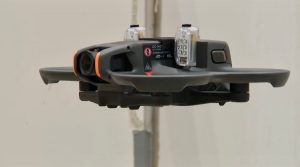
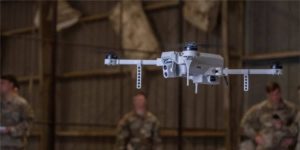
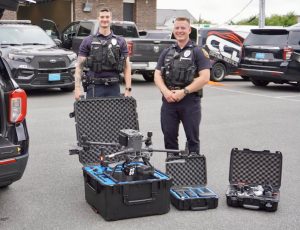




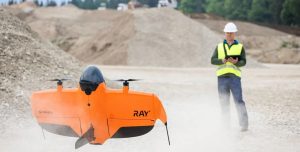
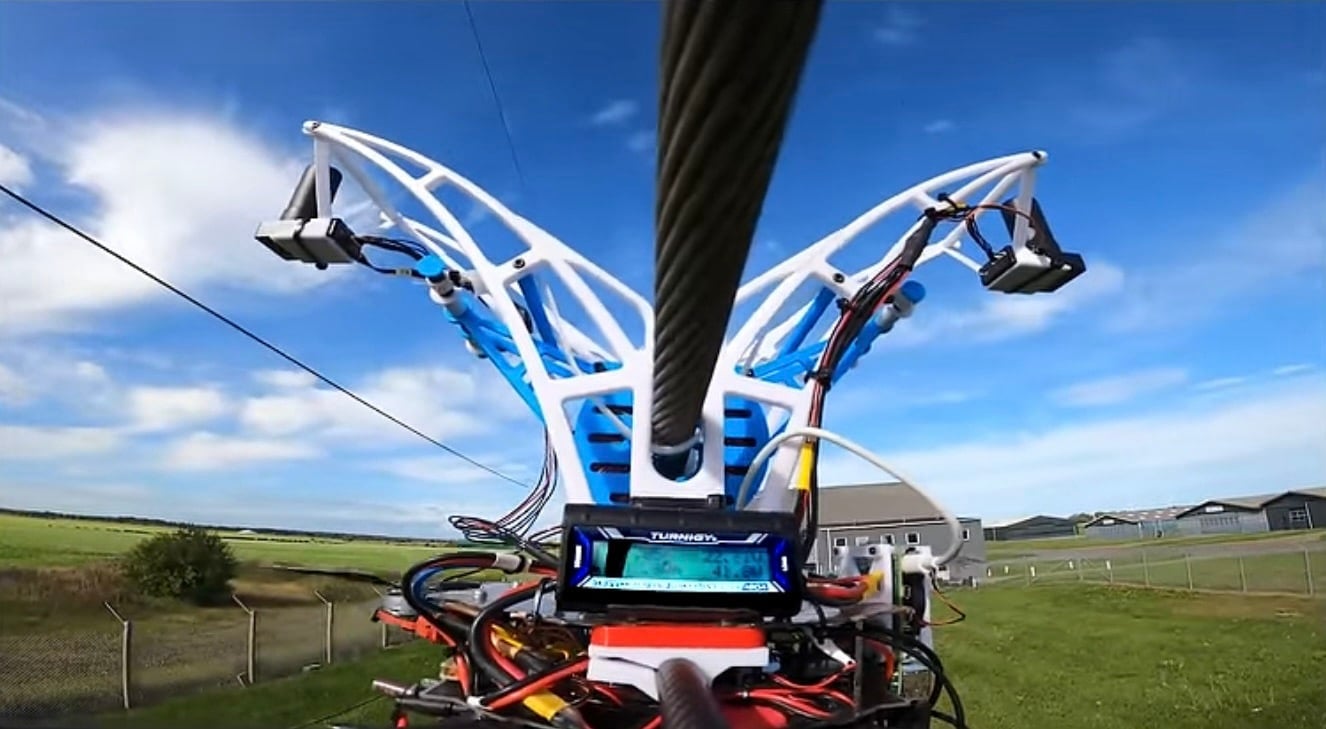

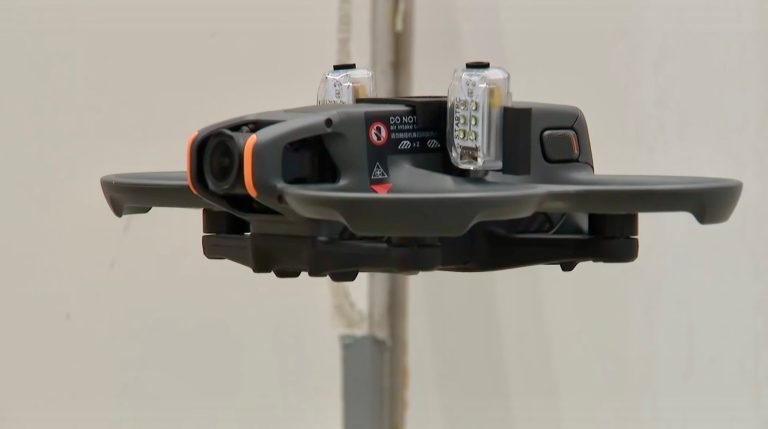
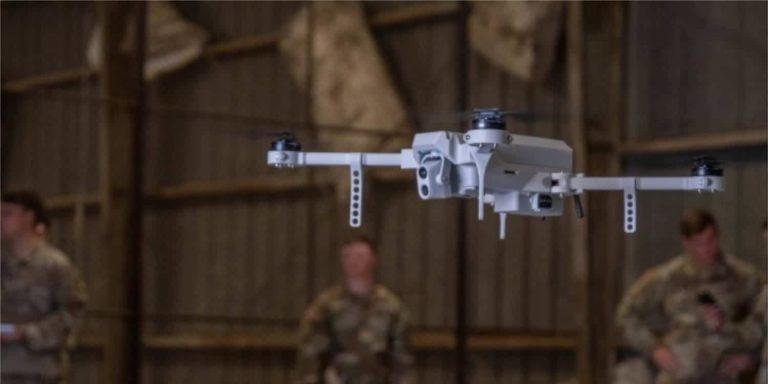
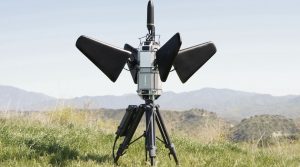

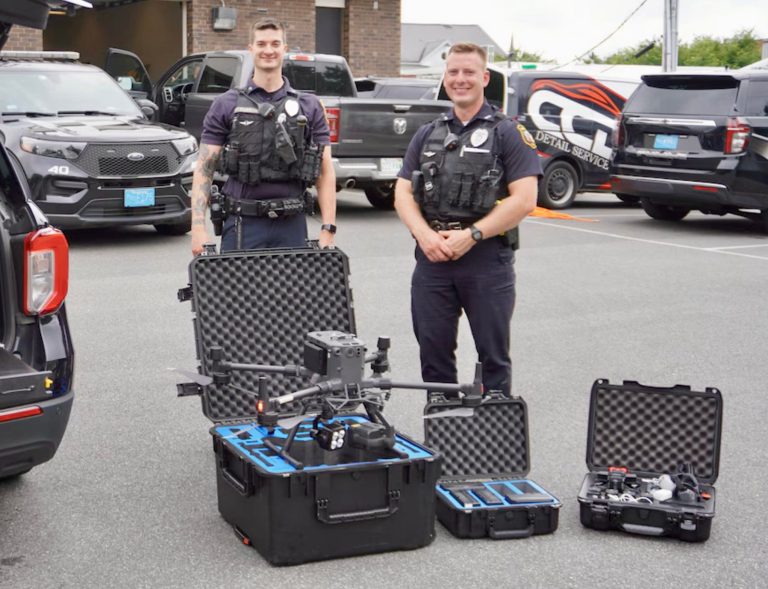




+ There are no comments
Add yours